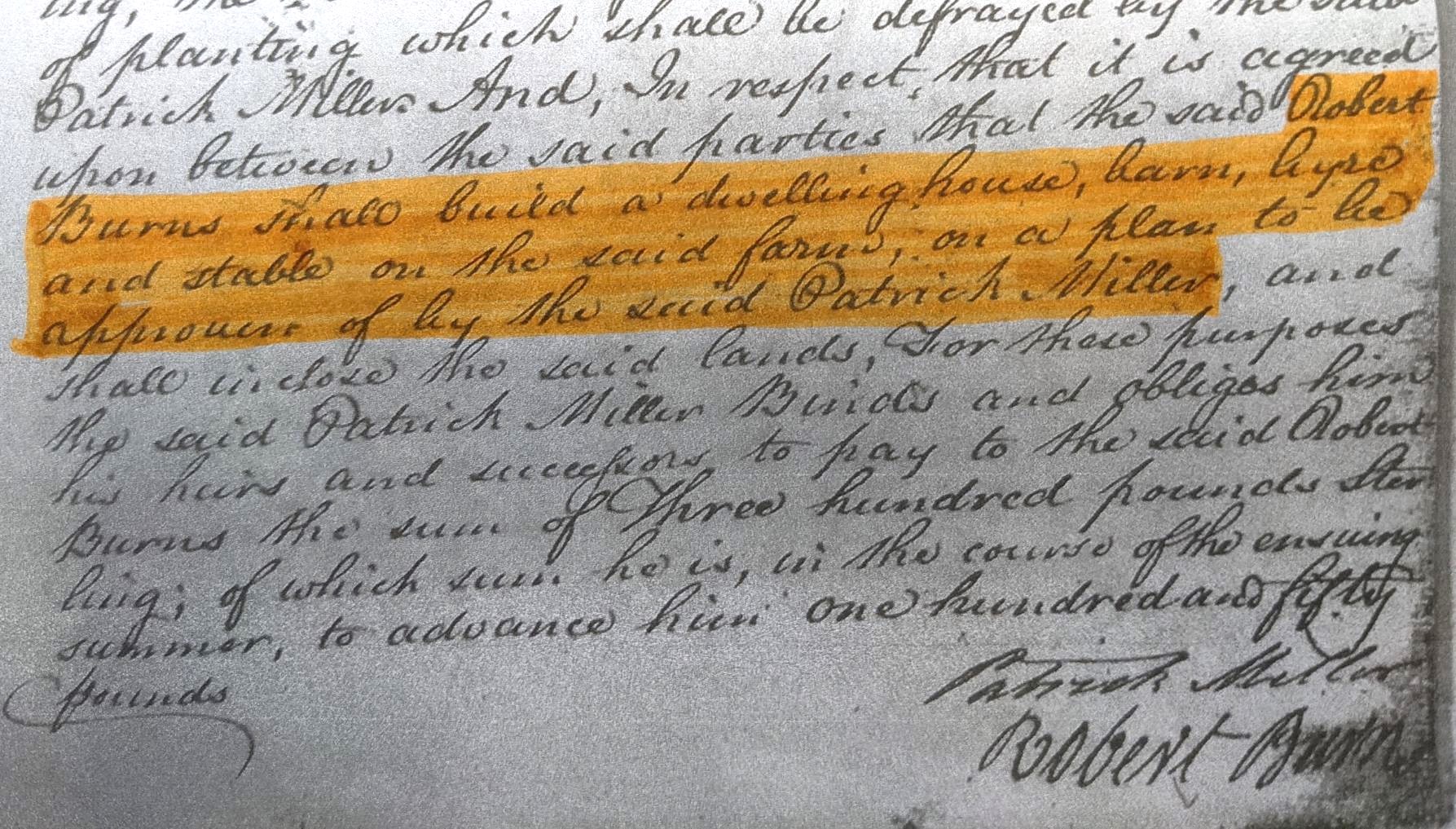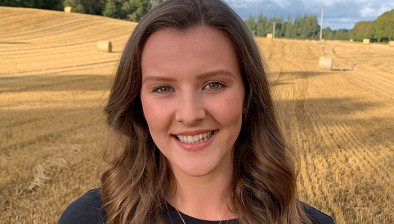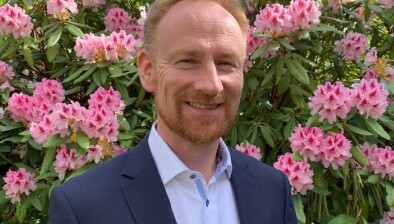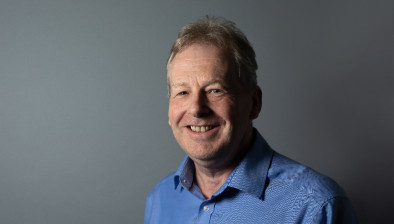And finally… The barns that Burns built
Two buildings erected by the poet Robert Burns have been identified for the first time in a £12k investigation funded by Historic Environment Scotland.

Ellisland farm - farmhouse built by and for Burns - now including the newly identified barns and byres on left and right
The Conservation Study into Ellisland Farm, Dumfriesshire, where Auld Lang Syne and Tam o Shanter were written, found that a barn, byre and stable previously believed to pre and post date Burns, were in fact erected for the poet, by local masons working to his instruction.
However the report also found the buildings are at risk without £500,000 worth of repairs. This includes the farmhouse housing a collection of Burns items, including the poet’s flute and fishing rod. Full details will be revealed tomorrow night at an online seminar called ‘The Secrets of Ellisland’.
The study was conducted by Dr William Napier of Adams Napier Partnership, Chartered Building Surveyors & Heritage Consultants, with support from Dr Gerry McKeever of Stirling University. Dr McKeever’s research into previously unseen 18th century maps cast new light on Burns at Ellisland - as did tenancy documents signed by Burns. The research shows the bard was a modernising farmer at the cutting edge of the 18th century agricultural revolution. The enclosed fields he created are identical to those cultivated today.

The report says Ellisland should be categorised as of “exceptional” historical and cultural interest and its setting should be protected. The woodland around Ellisland was planted as part of Burns’s tenancy.
Dr Napier said it is the least changed and most authentic of all the poet’s homes. He commented: “If Burns walked through the gate today he would recognise the farm that he established.
“We think now we can be confident that Ellisland Farm is probably the most authentic site associated with Burns’ lifetime and I think that that makes it a really important place.”
Drs Napier and McKeever will discuss their findings on Wednesday 26 January at the online event. Tickets can be purchased here.

Sketch from conservation report showing the layout of the farm
The event is hosted by The Robert Burns Ellisland Trust, which took over the museum and farm in 2020, after a previous charity was wound up. The Trust has been working to raise awareness of Ellisland - an early success was securing funds from HES to commission the detailed Conservation Study to increase understanding of the site.
Robert Burns moved to Ellisland to begin married life with Jean Armour. Despite his success and popularity in Edinburgh, he was determined to return to his farming roots. He was offered the choice of three farms by the improving land owner Patrick Miller of Dalswinton. The one he selected is often described as “the poet’s choice” because the ground was as poor as the location was idyllic. Burns designed the farmhouse with a Spence (parlour), so he could write overlooking the Nith. His time there was exceptionally creative - he produced one third of his musical output, despite also taking on the arduous role of an excise officer.
Commenting on the new research, Dr McKeever said: “Two newly rediscovered maps of Ellisland farm dating from 1787 and 1817 provide major evidence of Burns’s work as an ‘improving’ tenant farmer. Especially when paired with other surviving archival material including Burns’s lease or ‘tack’ for the farm, the maps illustrate the poet’s role in constructing various key elements of the site, including the field enclosures and surviving buildings. Many layers of poetic mythmaking around Burns and Dumfriesshire have developed in the almost two and a half centuries since: these maps allow us to rewind the clock to the moment that Ellisland farm first entered into literary history.”

Reproduction of a tenancy document for Robert Burns
Joan McAlpine, business development manager at Ellisland said: “This is an incredible piece of historical detective work which underlines Ellisland’s national and international importance. As well as being the most authentic site, it’s the best place to fall in love with Burns and see nature through his eyes - it needs to be better known and better supported.
“The repairs the report identifies will cost about 25 times our annual income so pose quite a challenge. We have already received an award of £10k from the Architectural Heritage Fund/William Grant Foundation for emergency work, but well as repairing the buildings, we need to repurpose and improve them, to generate the revenue needed to operate as a museum and visitor centre.
“Our long term aim is to make Ellisland a centre for creative learning. Auld Lang Syne and a third of Burns’s musical output was produced here and we want it to inspire a new generation of artists the way it inspired the bard.“

Interior of the farmhouse with stove
The online seminar will include updates on the charity’s work from Ellisland Trustees Professor Gerry Carruthers, Frances Hutcheson chair of Scottish Literature at Glasgow University and Dr David Hopes, director of Leeds Museums and former director of the Robert Burns Birthplace Museum.
The event is free to members of the Robert Burns Ellisland Trust with a small charge of £3 to non-members.
The Secrets of Ellisland event is the first talk in the “Spring into Burns” lecture series designed to support the Trust and supported by Museums Galleries Scotland. It continues in February with a Valentines Day special, when Dr Pauline MacKay of the Centre for Robert Burns Studies at Glasgow University will explore the poet’s sometimes controversial love life.














